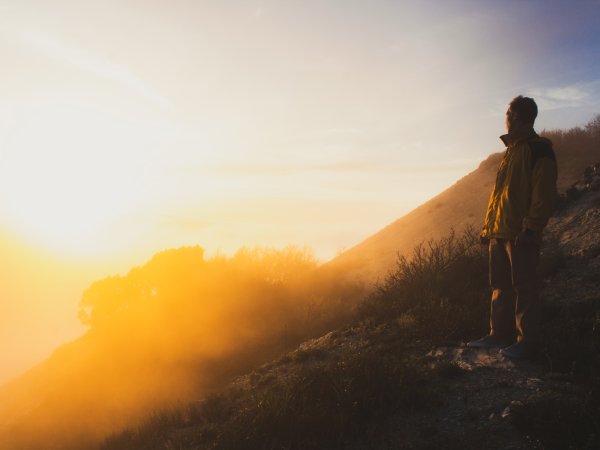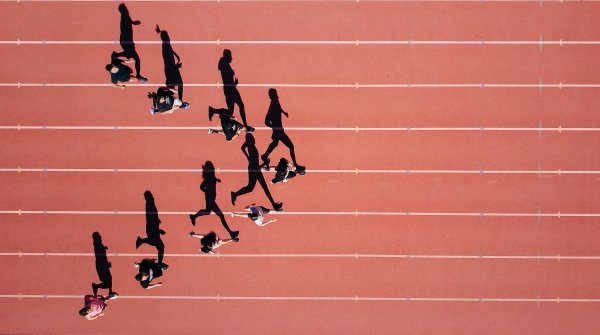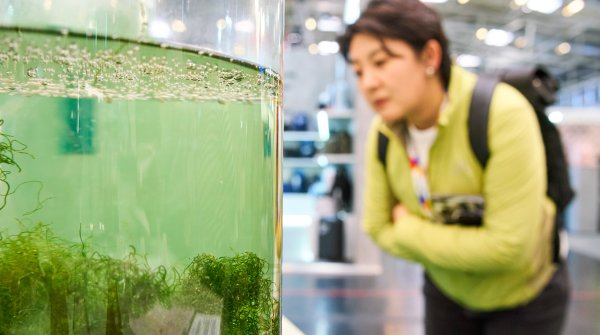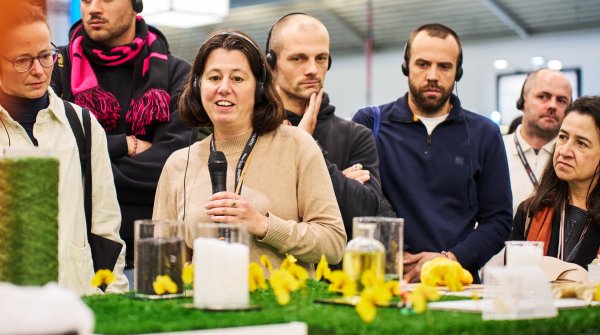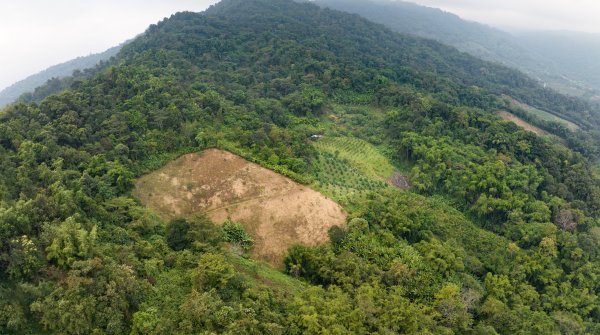Anyone who discovers something beautiful, such as a beautiful lake in the South Tyrolean Alps or the best mandarin cheesecake in the world in Lisbon, is happy to share it with other people. Because: "Sharing is caring". In the past, such tips were passed on to family and friends. Today, the target group is thousands or even more Insta followers. "Many people now travel solely or mainly to take the perfect picture for Instagram," says tourism researcher Markus Pillmayer from Munich University of Applied Sciences.
The desire to share your discoveries is part of human nature. And after all, that's exactly what the internet is made for: to communicate, to exchange ideas, to give each other tips.
5 good reasons to share your travel recommendations
- Inspiration: You inspire others to visit and appreciate places that you love yourself. And you help them to plan their trips even better.
- Communication: You get in touch with people who share the same interests and passions. In the end, everyone involved benefits from the tips and recommendations. People who have never been to a place before will find their way around much more quickly and have more opportunities to enjoy their stay. It may even lead to friendships - and the opportunity to take the next trip together.
- Presentation: Those who are active in the travel sector on Insta & Co. can demonstrate their photographic and storytelling skills - and ideally build up a lucrative foothold as a travel influencer or blogger.
- Support: If local tourism remains within a healthy and meaningful framework, travel influencers can support local businesses and communities, promote the destination and its offerings, and thus contribute to local economic development. This is especially true for offers in more remote regions that are still little known.
- Family and friends: Your loved ones at home can virtually travel with you. They can follow the local holiday experiences almost "live". And an Insta story in which the Santiaguito volcano in Guatemala bubbles and spews lava in the background is infinitely more exciting for siblings, parents or grandparents at home on the couch than a postcard that only arrives weeks later.
Today, however, completely overcrowded hotspots such as Hallstatt in the Salzkammergut region, Lake Braies in South Tyrol and Maya Bay in Thailand spoil the joy of "sharing and caring". In the Thai resort, crowds of tourists attracted by the film "The Beach" have caused irreparable damage to the coral reefs there. There are examples like this of the bad effects of overtourism all over the world. Expert Markus Pillmayer from Munich therefore calls in the ZDF interview calls for a "new form of tourism in which locals have a much greater say and, above all, a say in decision-making".
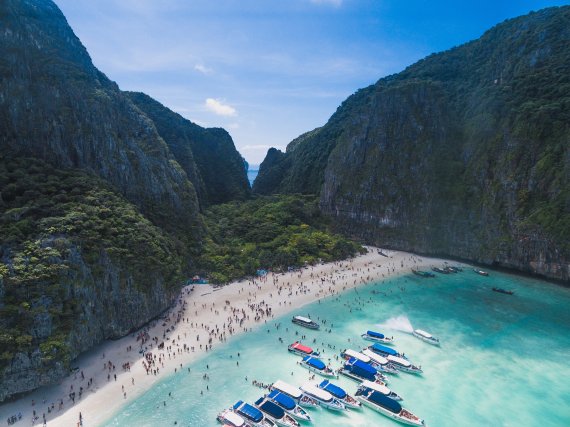
Instagram & Co. play a decisive role in this. Biologist Henning Werth, who researches the optimal balance between nature conservation and tourism at the Alpinium in Obermaiselstein in the Oberallgäu region, the "Zentrum Naturerlebnis Alpin", is well aware of this. One of the hotspots here in the area is the Schrecksee - a picturesque turquoise high mountain lake that is literally haunted by up to 900 visitors on peak days. Werth has found that Instagrammers and TikTokies in particular are difficult to convince changing their behaviour: "Instagram tourists in particular are not repeat offenders in very many cases. They come once and take their photo. That's what makes it so difficult to educate and inform these people." On the ground, the biologist told the Bayerischer Rundfunk it's already too late: "You should actually be able to reach these people at home on the computer."
5 good reasons not to share his travel recommendations
- Protection from overtourism: If you push already overcrowded destinations online, you attract even more people and tourists to these places - and contribute to them losing their charm and authenticity. This also applies to destinations that are not yet overcrowded and are then traded as "hot" via Insta.
- Environment: Excessive tourism can cause enormous damage to the local environment. This includes damage to trampled vegetation, increasing pollution from waste and emissions and adverse effects on wildlife.
- Your own holiday fun: If you only focus on finding the ideal location and the perfect picture and then posting it, you turn your holiday into work. Enjoying the moment, being happy and relaxing can fall completely by the wayside. And if you are then disappointed that the umpteenth picture of Lake Braies only collects a few dozen likes, you spoil your own holiday enjoyment.
- Copyright: If you share highly professional photos on Instagram that get thousands of likes, you run the risk of these images being stolen or even resold. If you want to earn money with your holiday experiences, you should think very carefully about where and how you share them with whom - and not post the best pictures carelessly.
- Security and data protection: When influencers reveal all the details of their itinerary and travel plans, they make themselves vulnerable. This can apply to stalkers or local criminals who are interested in the technical equipment. For data protection reasons, not everyone needs to know exactly how a trip is going and which destinations are planned next.
There are now thousands upon thousands of Instagram photos of hotspots such as the completely overcrowded Hallstatt in the Salzkammergut, which reminds Asian tourists in particular of the backdrop to Disney's "Ice Queen". If you search Insta for hashtags like #Hallstatt or #Hallstattaustria you will now find over a million posts. The municipality is fighting tooth and nail against the overtourism and has now erected wooden walls as a self-defense measure to block the view of the most popular motifs.
Other hyped destinations such as Lake Braies are also restricting access by car, requiring online reservations for day tourists or limiting visits to certain days of the week. Anyone looking at the figures in South Tyrol will understand the seriousness of the situation. In 2022, there were around 34.4 million overnight stays per 530,000 inhabitants. Intelligent visitor management is therefore required. Tourism researcher Markus Pillmayer assumes that the rush to the mountains will even increase: "We can assume that the extreme weather events in the Mediterranean region will probably lead to a shift in travel flows." He advocates "degrowth", the healthy shrinking of excessive tourism, from which both local people and visitors will benefit.
Smart and responsible travel influencers realize that no one needs more pictures of Hallstatt or the Allgäu Schrecksee on Instagram. They focus on exciting new locations that are still largely undiscovered, that could still use support - and that hopefully won't fall victim to overtourism.
If you follow the most important influencer rule, you can help prevent this from happening: Think about what you post - and be aware of the impact of your posts and online actions! Travel influencers should also always ask their fans and audience to behave responsibly: Respect the places you visit and leave them as you found them!
The 5 best outdoor route planners
The best travel tips for climbing, hiking, biking or ski touring are not provided by Instagram or TikTok, but by route planners for sports enthusiasts and outdoor fans. These apps are sure to get you on the right track.
Komoot: Market leader and rated by Stiftung Warentest one of only two "good" apps with a score of 2.5. Tour guidance and tour planning each scored a little better with a 2.4. Cyclists, hikers and runners benefit from excellent tour suggestions - and from the option of finding your way offline in remote regions. (For iOS and Android basic version free of charge, map packages from 2.99 euros)
Outdooractive: Tested with the same high marks as Komoot. The operator from the Allgäu region promises a "direct line to Europe's largest outdoor community". The app offers a comprehensive service for hiking, cycling or ski touring - from the smartwatch connection to the secure feeling that those at home can always follow your location live via "BuddyBeacon". (For iOS and Android basic version free of charge, map packages from 99 cents)
Strava: In addition to the standard fitness tracking functions, the third major player among the outdoor apps focuses primarily on the community concept. Strava sees itself as a kind of fitness Instagram, a social network for athletes who share all their activities here. From running to yoga, the selection is particularly large with over 30 types of sport. (For iOS and Android basic version free of charge, subscriptions from 10.99 euros)
Wikiloc hiking app: The "Wikipedia for active people" offers millions of outdoor trails - worldwide for around 80 activities. Even less common sports such as kayaking are represented. And there is also support for motorcyclists. The content is provided by Wikiloc members, who make their tours available with text, images and GPS data. (For iOS and Android basic version free of charge, subscriptions from 4.99 euros)
3D RealityMaps: The app for hikers, mountaineers and bikers promises that you can experience your next trip in advance at home. This is because the Alps can be seen here on photorealistic 3D maps. This should make it possible to assess the terrain, trail conditions and requirements in advance. On site, features such as live webcams, weather reports, slope inclination layers and dedicated summer and winter maps ensure a safe outdoor experience. (For iOS and Android basic version free of charge, subscriptions from 4.99 euros)
1. Why do travel influencers share their favorite spots on social media?
Travel influencers share their discoveries to provide inspiration, connect with like-minded individuals, and showcase their photographic and storytelling skills. This can potentially lead to a career as a travel influencer or blogger.
2. What impact can sharing travel tips have on overcrowded destinations?
Sharing overcrowded destinations on social media can contribute to overtourism, causing these places to lose their charm and authenticity. This not only affects already crowded locations but may also impact lesser-known destinations that become "hot" due to online exposure.
3. How do Instagrammers and TikTokers influence tourism and conservation efforts?
Instagrammers and TikTokers wield significant influence over tourism, especially in crowded natural sites. However, they are often challenging to inform and may contribute to environmental damage. Improved pre-visit information dissemination is necessary to address this issue.
4. Why is intelligent visitor management crucial?
Excessive tourism can inflict considerable harm on the environment. Intelligent visitor management, such as restrictions on day visitors or reservations, is crucial to regulate the influx to specific locations and promote sustainable tourism.
5. How can responsible travelers contribute to addressing Overtourism?
Responsible travel influencers can help prevent Overtourism by focusing on less-known places that need support. They should encourage their followers to adopt respectful behavior and consider the impact of their posts on the environment and local communities.
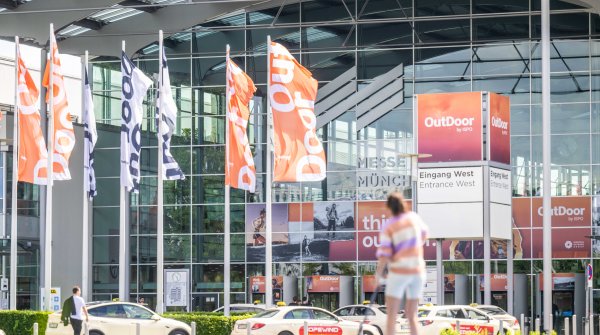 OutDoor by ISPOOutDoor in transition
OutDoor by ISPOOutDoor in transition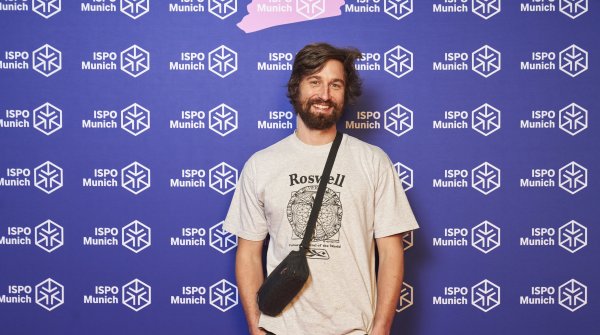
- ISPO awards
- Mountain sports
- Bike
- Design
- Retail
- Fitness
- Health
- ISPO Job Market
- ISPO Munich
- ISPO Shanghai
- Running
- Brands
- Sustainability
- Olympia
- OutDoor
- Promotion
- Sports Business
- ISPO Textrends
- Triathlon
- Water sports
- Winter sports
- eSports
- SportsTech
- OutDoor by ISPO
- Heroes
- Transformation
- Sport Fashion
- Urban Culture
- Challenges of a CEO
- Trade fairs
- Sports
- Find the Balance
- Product reviews
- Newsletter Exclusive Area
- Magazine
